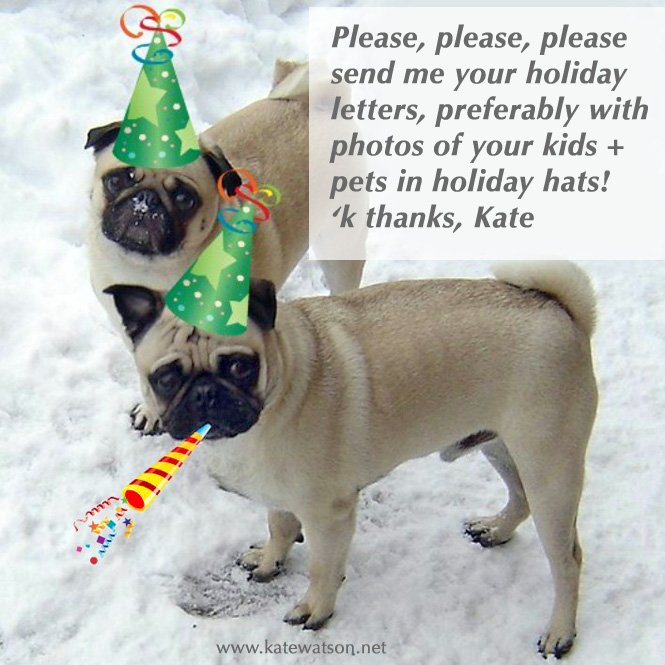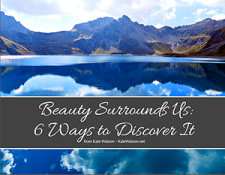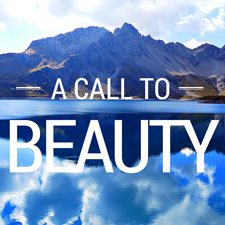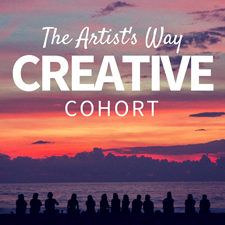Today’s inFocus interview is with Elizabeth Hunter, also known as the Adoption Goddess and rightfully so. This amazing lady has adopted internationally four times, and she loved all of her experiences so much that she now helps other prospective parents create successful, happy adoption experiences.
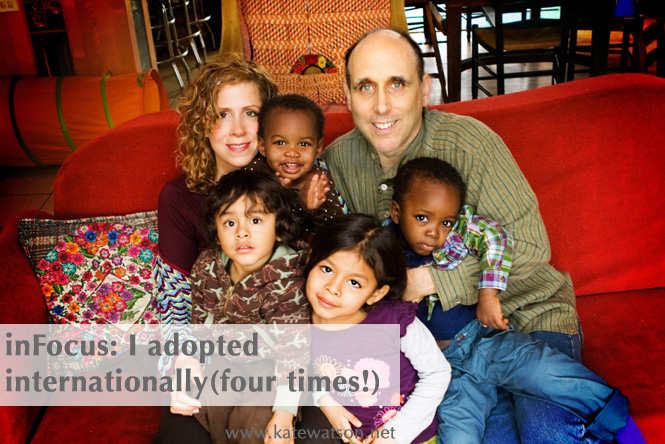
Elizabeth, when you and your husband decided to grow your family, what brought you to international adoption?
Through these adoptions, we had the privilege to create an awesome family with children who we are so deeply, cellularly, and on a soul level connected to, where there’s this meant-to-be certainty that we belong together. But even beyond that, and this is something I never counted on, is the woman I became in the process of these four adoptions. It took adoption for me to step up and be visible in the world, to develop courage, to find my voice, and to stand up for myself. It was an absolutely transformational experience.
Wow. There’s a lot of moving parts to this question, Kate! I don’t want to mislead people into thinking it’s a simple matter to decide where on the planet your future child resides, but here goes…
I always lead with my heart. My husband Tim and I both make decisions based on a ‘full body yes!’ type of intuition. If I can’t get inspired and excited about a particular course of action, I simply won’t do it, no matter how attractive it might seem.
On the other hand, if something EXCITES me—no matter how out in left field it may appear—I will go for it. The year we adopted Moses and Beatrice from Rwanda there were literally 17 families total in the U.S. who adopted from there. It didn’t matter. Everything went awesomely. Something about the history, the culture, the energy and the vibration of Rwanda stirred my soul. I saw a photo of children in Rwandan orphanages and I felt, my child (or children as it turned out) is there.
Most of my private clients are doing domestic or foster adoption. It’s the same thing. You’ve got to tune into the path you’re about to embark on and it’s got to grab you. Something about it needs to stir you up and make you want to jump out of bed in the morning.
I’ve learned from the school of hard knocks that doing something to beat the odds, play it “safe,” find a sure thing, or out of any sense of obligation is a surefire recipe for trouble.
What was the process like for you? What is your adoption story?
Our four adoptions were the four standalone most thrilling, empowering, wow experiences of my life to date. Through these adoptions, we had the privilege to create an awesome family with children who we are so deeply, cellularly, and on a soul level connected to, where there’s this meant-to-be certainty that we belong together.
But even beyond that, and this is something I never counted on, is the woman I became in the process of these four adoptions. It took adoption for me to step up and be visible in the world, to develop courage, to find my voice, and to stand up for myself. It was an absolutely transformational experience.
Anita Diamant, author of the book, The Red Tent, said, “Birth is the pinnacle where we find the courage to become mothers.” The same is true of adoption. Adoption is not meant to be a cut and dried business transaction. It’s MEANT to put you through some changes!
If you can stay open and available to be TRANSFORMED as a human being by the adoption process, you will find that it also PREPARES you with some sort of mystical synchronicity to be the exact mother that your adopted child needs you to be. It’s super miraculous.
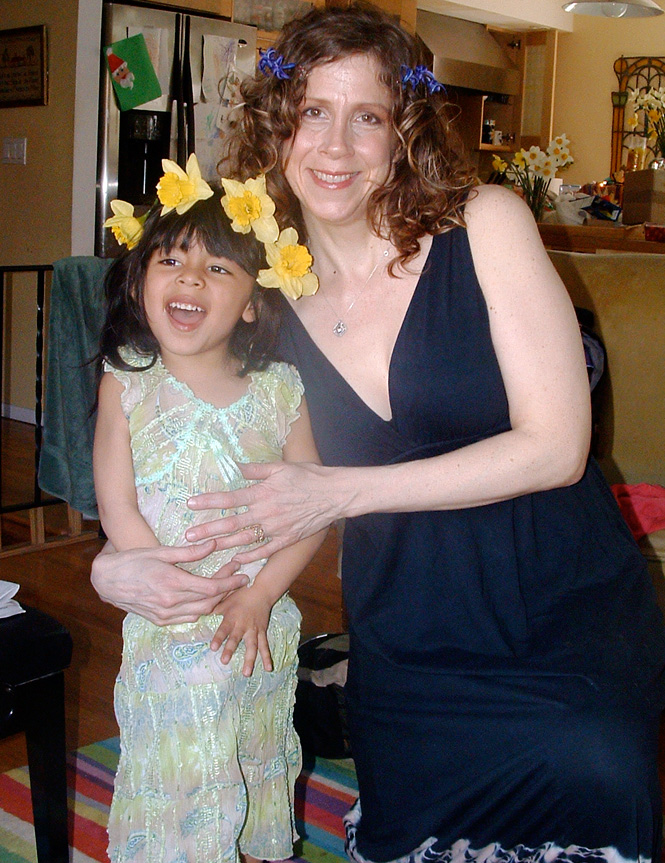
Elizabeth and her daughter sport May Day crowns
On your website, you say that you were able to bring your children home in “four fast, smooth, life-changing adoptions that cost 35% less than the average U.S. domestic adoption.” That’s amazing! What’s your secret?
It took a bit of time, more than a few teary and sleepless nights, and a whole lot of self help and hard work for me to move from having this burning desire to get pregnant to coming to adoption as the #1 choice to start our family.
I took a pretty fierce stand with myself for getting to the point where I was full on ready to approach adoption from a super positive place of inspiration and excitement. I did not fill out a piece of paperwork until I got to that point (my husband on the other hand always wanted to adopt).
I feel strongly that the single biggest thing conscious adoptive parents can do to ensure that their future children will THRIVE is to do whatever it takes—whether it’s grieving or inner work or actively seeking out the right kind of support—to get yourself to a place where you are simply LIT UP about adoption and you feel THRILLED to do it. As Carl Jung said, “Nothing has a stronger influence psychologically on their children than the unlived life of the parent.”
There is still a stigma and negative cultural association with adoption. People who jump into adoption out of any sense of desperation also leave themselves vulnerable to unscrupulous adoption professionals, because these prospective adoptive parents are not coming from a place of power. I don’t say this to scare people.
So much of the work I do with my private coaching clients is this deep inner energetic clearing and working with the hidden inner blocks, which I call “hot spots,” that most adoptive couples carry within them and which if unacknowledged can really trip them up later in the process.
Once you’ve cleared things up on the inside, when you begin to see adoption as a sacred journey which you are committed and wholeheartedly passionate about, then the rest is really a whole lot of strategy and research and being super smart about how you go about doing your adoption. For some reason, probably dating back to my pre-med years at Brown, I happen to be a complete GEEK about adoption research and I’ve found that I can save couples SO much time in this way as well.
What do you want other people to know about the adoption process or about growing their families through adoption?
So many of us at this point are longing for more meaning in our lives, we are looking to do things in a higher level way and to grow and transform and become more in the process of creating our families. If that is you, then the industry of adoption as it currently stands will most likely not inspire you.
You have to seek out the right kind of support to create a meaningful and sacred adoption experience, to regain a sense of power. It doesn’t necessarily come with the territory. You’ve got to think through your issues with birth/motherhood and work through any negativity around adoption you personally carry. You’ve got to create an intention around adoption for yourself, a purpose, a ‘why’ that is so exciting to you that it can sustain you for the ups and downs of the journey.
I want everyone to know how AMAZING adoptive children are. I believe these children are highly evolved beings who have chosen this adoption path to teach us lessons about unconditional love that sees no tribal or bloodline barriers. Love is love.
And we adoptive parents-to-be are called to do great work as well. The experience can be everything you may have desired in physical childbirth. And then some. But adoption can call you into a leadership role, and being high visible. You’ve got to be comfortable with that. You have to be willing to stand out from the crowd. Even if your adopted children look exactly like you. If it’s right for you, adoption is truly a labor of love.
I know you work with other prospective adoptive parents so that they, too, can adopt smoothly and quickly. How does that work? What offerings do you have, and do you work with couples who want to adopt domestically or from foster care as well as internationally?
Yes absolutely! Right now my clients are almost all couples (and singles) adopting domestically or through foster care. I work with people from all over the country. I am a trained transformational life coach specializing in creating conscious, fast track adoptions.
The focus of my work is with the adoptive mother-to-be (we bring in the partner at key points in the process to build a feeling of co-creating the experience as a couple). I have found that choosing to adopt rather than have children biologically is a major step in a woman’s life journey, whether she ever wanted biological children or not. This is a moment where she needs to be seen, heard and supported by like-minded women who have been where she is and have made the passage to motherhood safely. But of course that is rarely the case and women who are in the process of adopting are almost always isolated.
I think that’s why my Paper Pregnancy One Day Intensive seems to be striking a chord with women. In this program, a woman flies in (I also work by Skype) to a gorgeous mountain or oceanfront location outside NYC for the day to work privately with me. We meet in a beautiful hotel and have a gorgeous lunch together. We work in a collaborative, nurturing and supportive way which is really a great antidote to the sometimes cold and clinical world of the adoption industry.
But the One Day Intensive is also like bootcamp. We conceive and plan out the entire adoption, leaving no stone unturned, so you get out of any confusion and into total clarity. It creates momentum and excitement for the adoption. And you leave with a 30 day action plan you can implement to create a fast track conscious adoption.
I also have a Healthy Adoption First Trimester, Three Month Coaching package. This is weekly coaching sessions focused on core inner work and implementation and taking consistent action to create a fast track adoption. The first ‘trimester of adoption,’ just like the first trimester of pregnancy, is typically the riskiest time. It’s the time where people usually make the biggest mistakes. So this is a time women most often need support.

Elizabeth’s children, Christmas 2012
What’s next for you?
I’ve recently added the option for women to book a complimentary Breakthrough Session with me.
We get on the phone and in 30 minutes the woman who is open to it gets the breakthrough she needs to get out of overwhelm and moving on her adoption dream. And then she is free to either do it with me as her coach or go out and do it herself. It’s all good.
I’d love to extend an invitation to any woman who is interested in exploring whether transformational adoption coaching could assist them to jump on over to the site and schedule a free session. Can’t wait to meet you!
Because this is self care month here at KateWatson.net, could you share your favorite self care practice or tip?
My number one self care tip, the one that sets me up for a really stellar day, is to create a customized morning ritual. It’s got to be totally unique to you, and it takes a bit of experimentation. There is no cookie cutter recipe to this. But once I hit on mine, I find it almost always leaves me feeling great and being at my best all day through.
Beginnings are everything. For me, there’s this perfect combination of waking up before sunrise, having a few moments of stillness, sometimes lighting a candle, and then I’ll do some combination of meditation, journaling, reading something totally inspiring and some kind of movement. I don’t do all these things every day. But I usually do most of them. By the time I’m done I feel so taken care of and so “on” I’m ready to jump into my day.
On days where I don’t do this, there is a flatness to things that inspires me to make the time for my morning thing, no matter what, even if it means getting up at 5:00 am before my kids. The difference is THAT huge.
Thanks to Elizabeth for sharing her inspiring journey! To find out more about her or her work, please visit her website, The Adoptive Mother, at http://theadoptivemother.com.
If you know of a person or organization doing world-changing work—someone I simply must meet—please send me a message using the contact form above.
Cheers,

